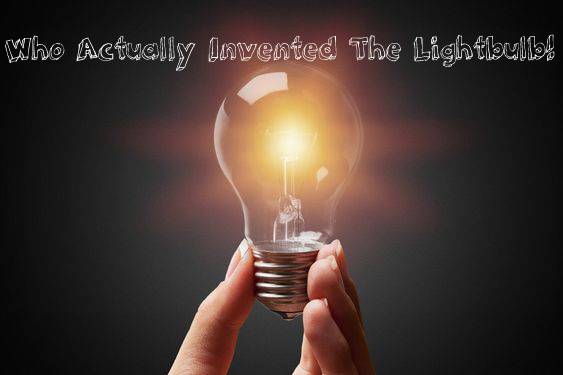Who Actually Invented The Lightbulb! When we think of the invention of the lightbulb, Thomas Edison is the first name that comes to mind. But did you know Edison wasn’t the only person who played a role in creating this life-changing technology? In fact, several other inventors made key contributions before Edison’s version lit up the world.
Let’s take a journey through history and explore the origins of the lightbulb, starting with early breakthroughs and the inventors who paved the way for Edison’s success. But first:
How does a light bulb work?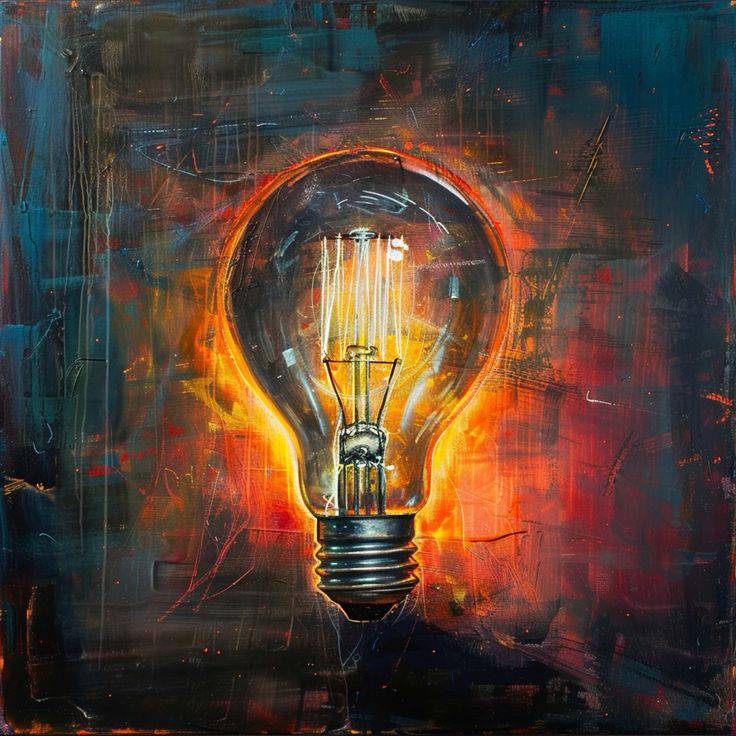
A light bulb works by passing an electric current through a thin filament, usually made of tungsten. The current heats the filament until it glows, producing light. The bulb’s glass enclosure prevents the filament from burning out quickly by keeping oxygen away.
Who Invented The Voltaic Pile
The story of the lightbulb begins way back in 1800. Italian inventor Alessandro Volta created the first practical way to generate electricity with something called the “voltaic pile.” This device was made from alternating discs of zinc and copper with cardboard soaked in salt water in between. When connected with a copper wire, the voltaic pile generated electricity. Volta’s glowing copper wire is considered one of the first forms of incandescent lighting, even though it was technically more like a battery than a lightbulb.
Humphry Davy Arc Lamp
Shortly after Volta’s discovery, in 1802, English chemist Humphry Davy took things a step further. He connected several voltaic piles to charcoal electrodes and created the world’s first electric lamp, known as the “arc lamp.” While Davy’s lamp produced a bright light, it burned out quickly and was way too intense for home or workplace use. But Davy’s idea laid the groundwork for future electric lamps.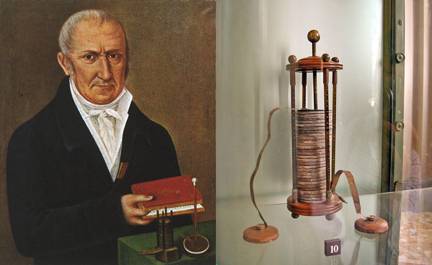
Who Invented The Light Bulb In 1806
English chemist Humphry Davy in 1806 created the first Light Bulb, called an electric arc lamp by connecting voltaic piles to charcoal electrodes. This produced a bright light between two carbon rods. While it wasn’t practical for everyday use, Davy’s invention paved the way for the later development of the incandescent light bulb.
Warren de la Rue Lightbulb
Fast forward to the 1840s, and inventors were still trying to perfect the lightbulb. British scientist Warren de la Rue came up with a clever design using a coiled platinum filament instead of copper. However, platinum was expensive, so his bulb never became a commercial success. Then, in 1848, William Staite tried to extend the life of arc lamps by adding a clockwork mechanism to control the carbon rods that produced light. Unfortunately, the batteries required to power Staite’s lamps were too costly for wide use.
Joseph Swan Light Bulb
In the 1850s, English chemist Joseph Swan began tackling the cost problem head-on. By 1860, Swan had developed a lightbulb that used carbonized paper filaments instead of platinum ones. He even got a patent for it in 1878. However, the vacuum pumps of the time weren’t efficient, so his bulbs still didn’t last long. Despite this, Swan demonstrated his lamp to the public in 1879.
What Important Improvement Did Thomas Edison Make To Joseph Swan’s Light Bulb
Meanwhile, across the ocean, Thomas Edison was working on solving the same problem. He realized that the filament was the key to making the bulb last longer. A thinner filament with high electrical resistance meant the bulb would need less current to glow. By December 1879, Edison had demonstrated his improved version of the lightbulb.
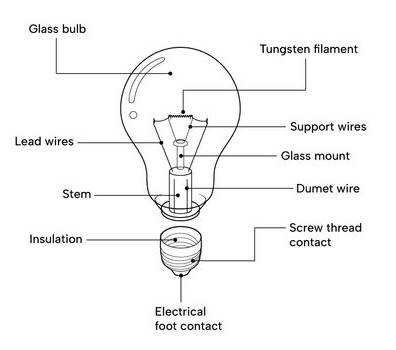
Edison and Swan United Electric Company
Swan ended up adopting Edison’s idea of using a thinner filament, but instead of becoming rivals, the two inventors joined forces. They created the Edison-Swan United company in 1883, which became one of the biggest lightbulb manufacturers in the world.
Henry Woodward and Matthew Evans
Swan wasn’t Edison’s only competition. In 1874, Canadian inventors Henry Woodward and Matthew Evans developed an electric lamp using carbon rods in a glass cylinder filled with nitrogen. Though their design was promising, they couldn’t commercialize it successfully. So, they sold their patent to Edison in 1879.
Edison Electric Illuminating Company
Soon after, Edison founded the Edison Electric Illuminating Company in 1880, backed by wealthy investors like J.P. Morgan. The company built the first power stations, which provided electricity to homes and businesses, and Edison’s lightbulbs soon lit up New York City.
The First Practical Lightbulb
What set Edison apart from his competitors was his persistence. Between 1878 and 1880, Edison and his team tested over 3,000 different lightbulb designs! In November 1879, he filed a patent for a lamp with a carbon filament. He experimented with materials like cotton, linen, and even wood, eventually finding the perfect solution.
After testing over 6,000 types of plants, Edison discovered that carbonized bamboo filaments could burn for more than 1,200 hours. Bamboo filaments became the standard in Edison’s lightbulbs until they were replaced by even longer-lasting materials in the 1880s and early 1900s.
Innovations After Edison
Even after Edison’s breakthrough, improvements continued. In 1882, one of Edison’s resea
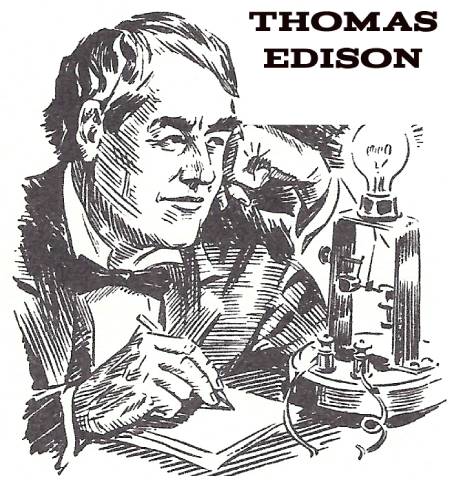
rchers, Lewis Howard Latimer, patented a more efficient way of manufacturing carbon filaments. In 1903, Willis R. Whitney found a way to treat these filaments so they could burn brighter without darkening the inside of the bulb.
Who Really Invented the Lightbulb?
While Thomas Edison is often credited with the invention of the lightbulb, it was actually British inventor Sir Humphry Davy who was the first to invent the electric light in 1809. And many other brilliant minds contributed to its development. From Alessandro Volta’s early experiments with electricity to Joseph Swan’s carbon filaments, the lightbulb was the result of years of trial and error by inventors around the world. But Edison’s determination to create a practical, affordable, and long-lasting bulb is what truly revolutionized the way we live today.
In the end, the lightbulb wasn’t the work of just one inventor—it was a collective effort that changed the world.

